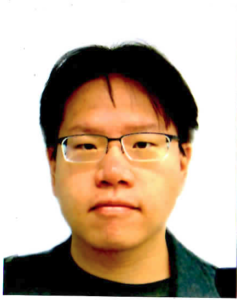Sub-molecular Imaging of Conductive Polymers
Dr. Hsin-Zon Tsai, University of California, Berkeley
Abstract

Real-space imaging techniques of chemical bonds provide valuable insights for engineering bottom-up synthesized nanoelectronic materials from material and electronic structures. Non-contact atomic force microscopy (nc-AFM) is one of the staples of sub-molecular imaging and is used to provide spatial information about nanostructures, often complementing local electronic measurement obtained by scanning tunneling microscopy (STM). Tip functionalization with enhanced tip surface interaction leads to increased spatial sensitivity resulting in submolecular bond resolution. Using these techniques, we characterize poly-acetylene derivatives resulting from cyclizations of enediyne molecules on an Au(111) surface. We performed non-contact atomic force microscopy (nc-AFM) with sub-molecular resolution to determine the precise chemical structure of cyclized monomers and chemically linked molecular chains. Additionally, STM measurements revealed the corresponding electronic structure and a 1D conducting channel along the backbone of the conjugated oligomers, consistent with theoretical predictions. This work demonstrates the unique insight that can be gained by combining nc-AFM and STM to study the chemical and electronic structure of molecular assemblies at surfaces.
Biosketch

Hsin-Zon completed his BA and PhD in Physics at UC Berkeley in 2012 and 2017 respectively. He is currently a postdoctoral researcher in the Crommie group at UC Berkeley Department of Physics. His research has been focused on making and studying a range of low dimensional materials, including molecular nanostructures, graphene devices and transition metal dichalcogenides.
